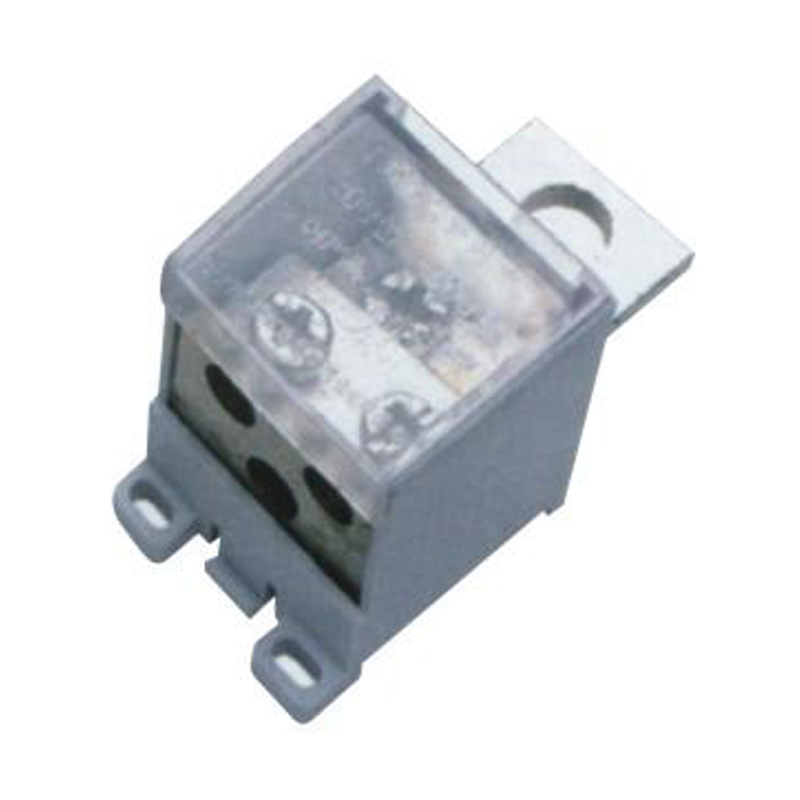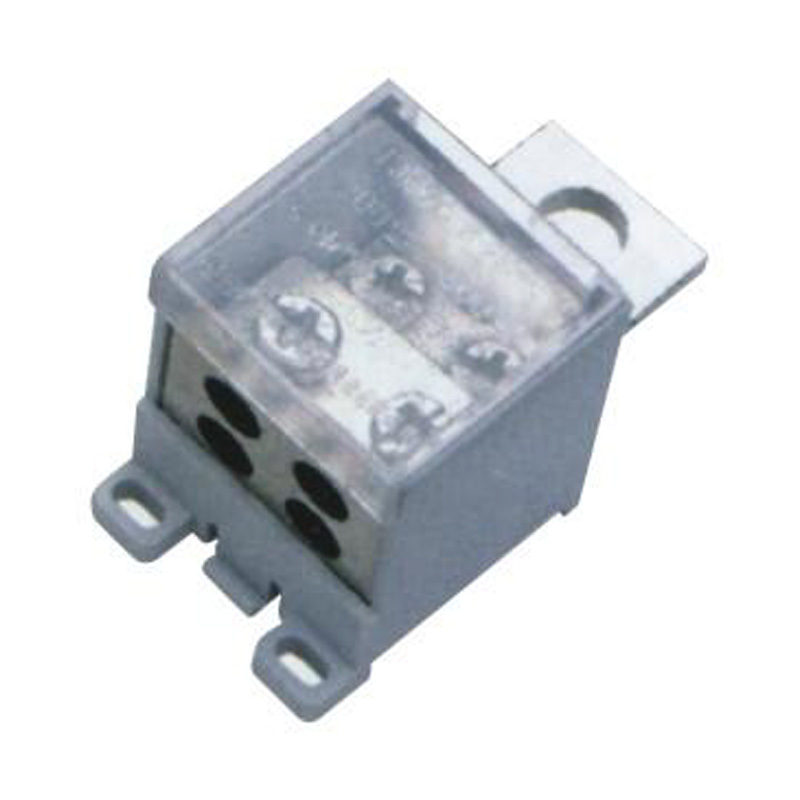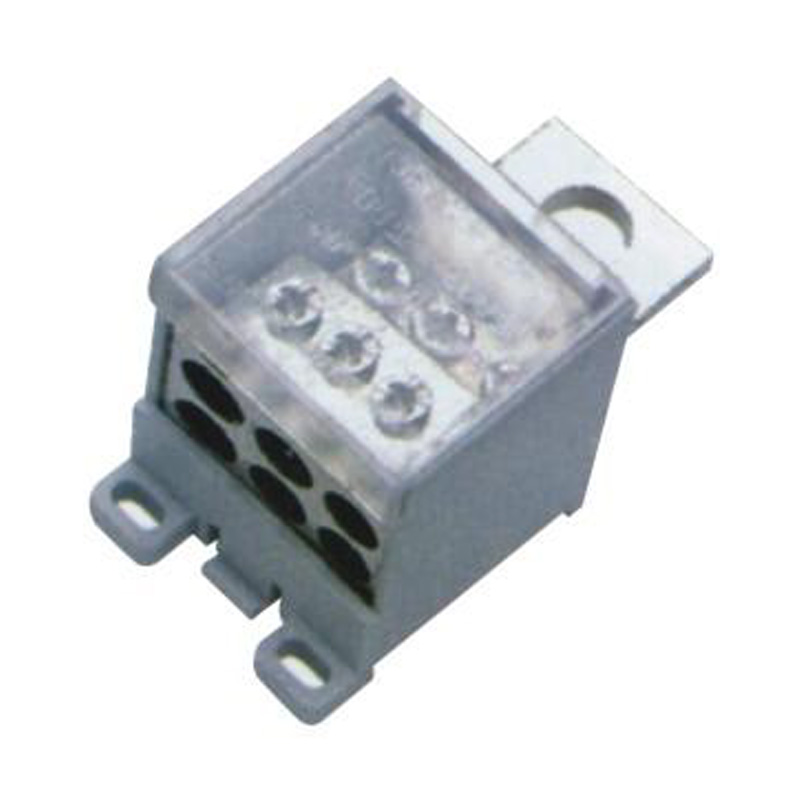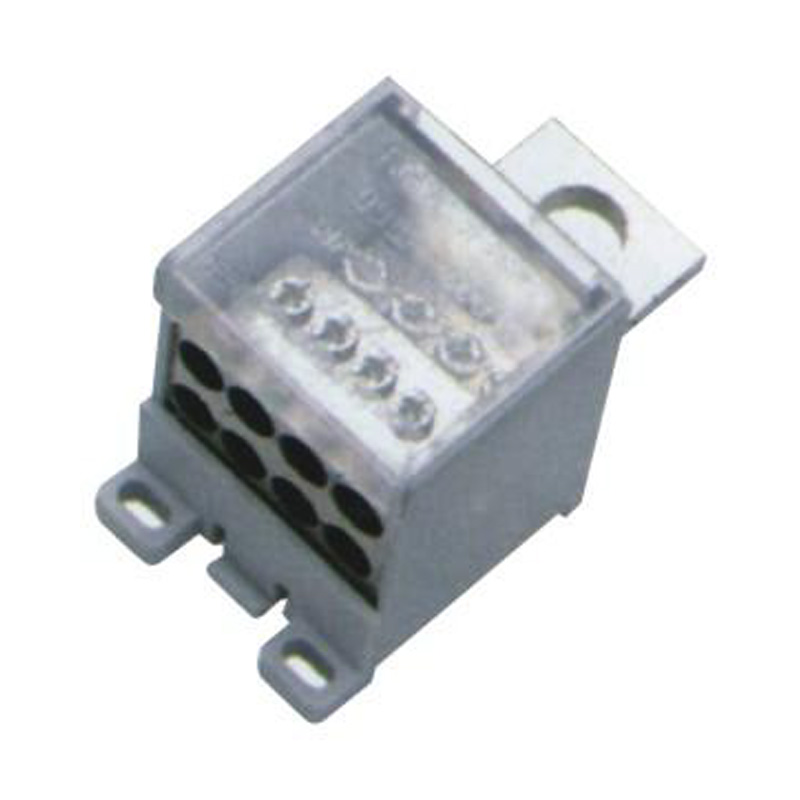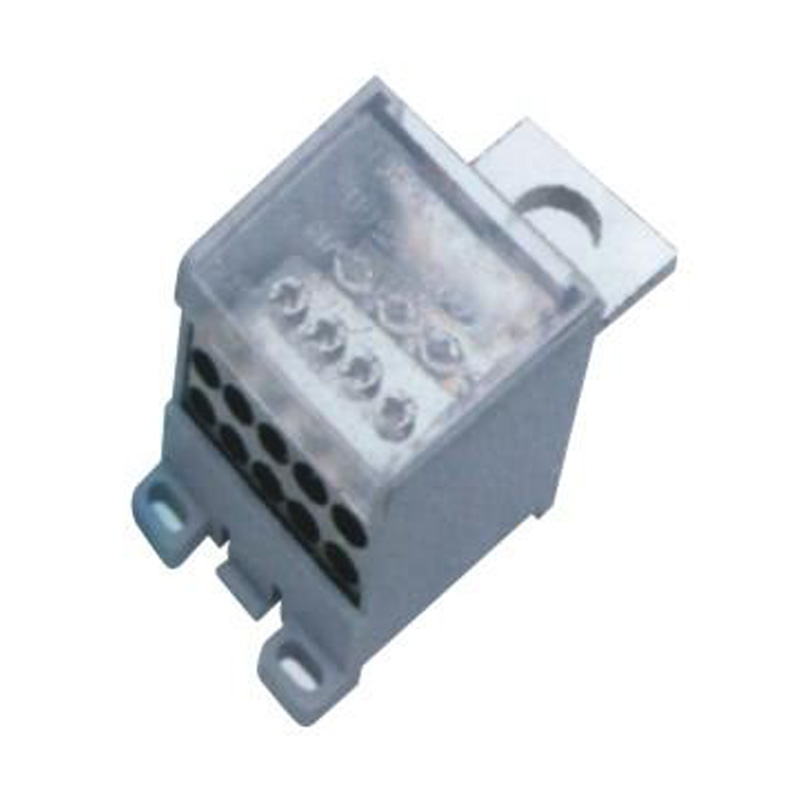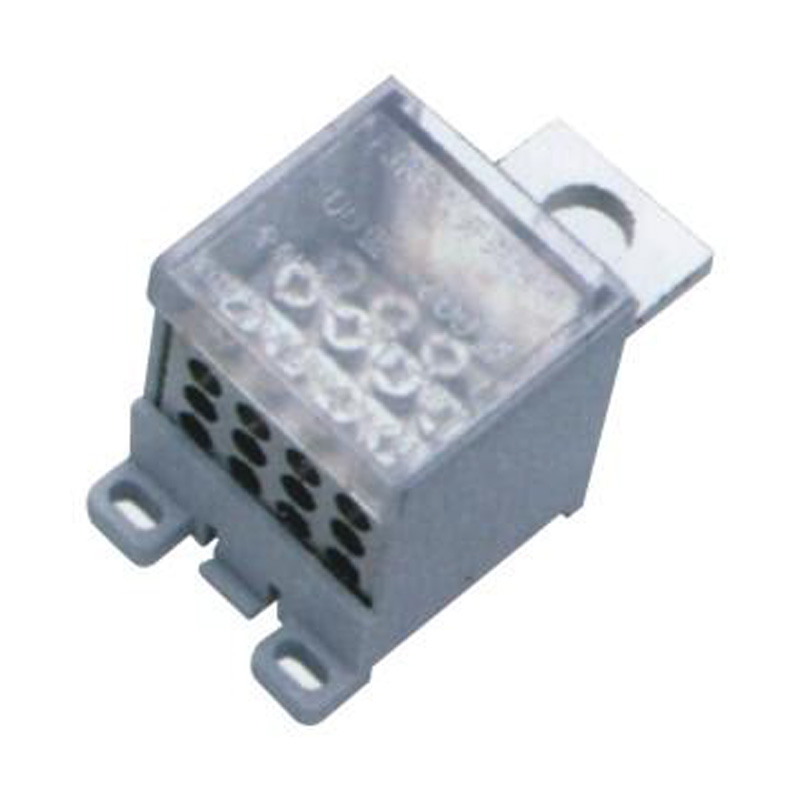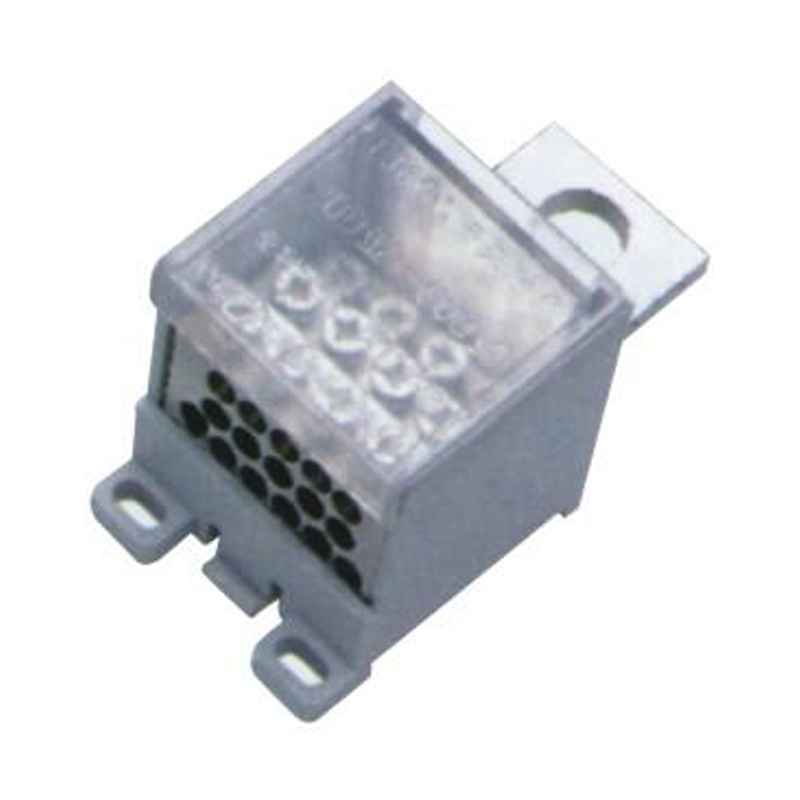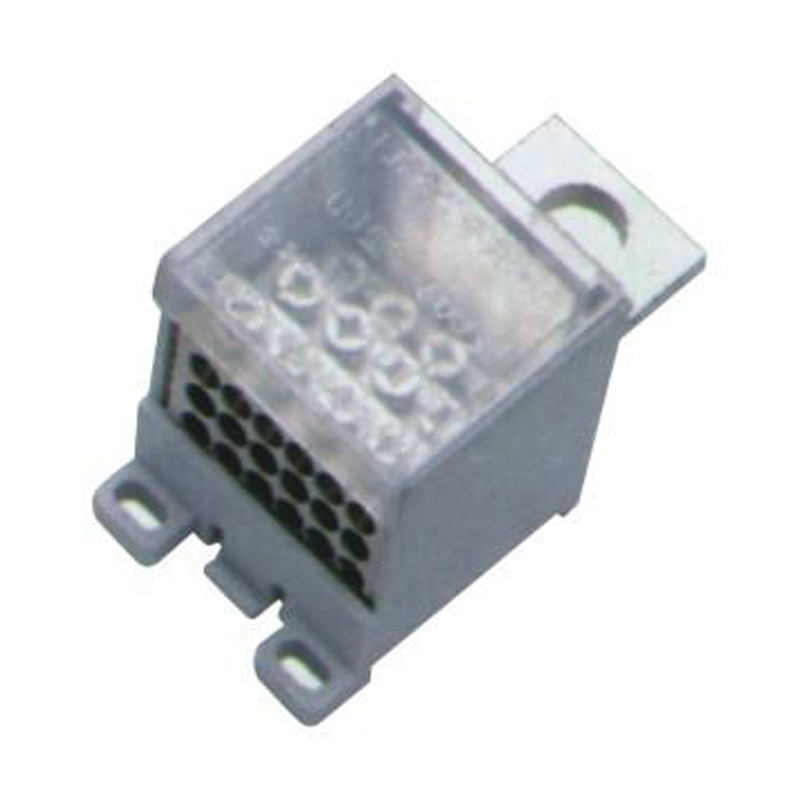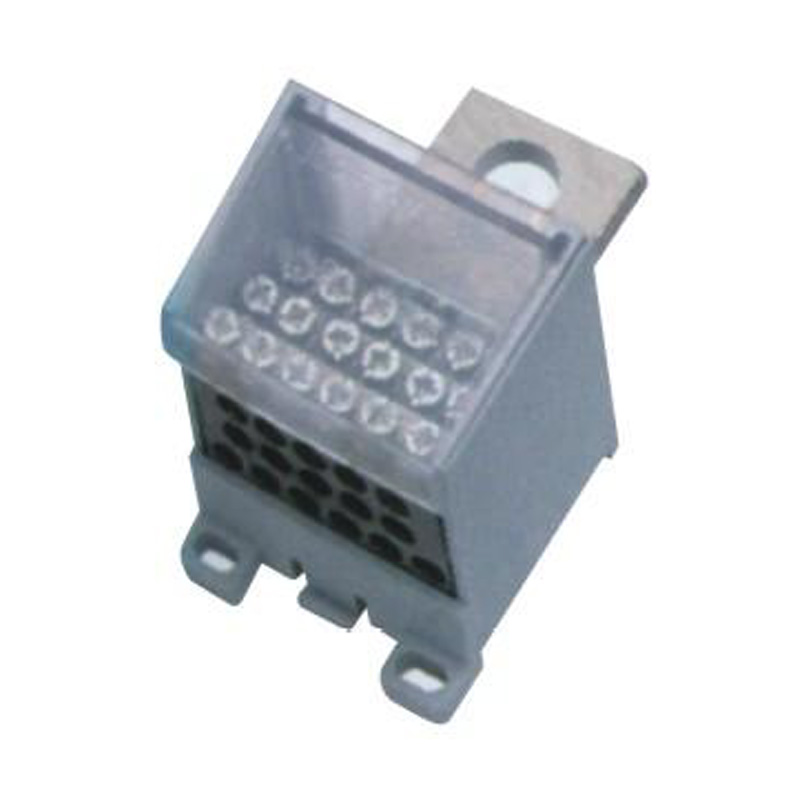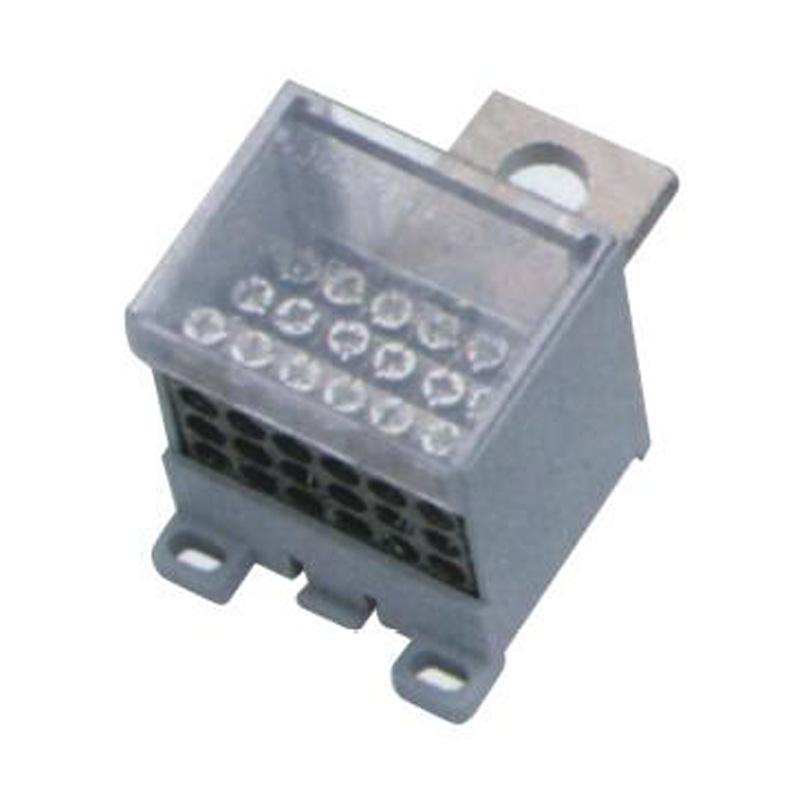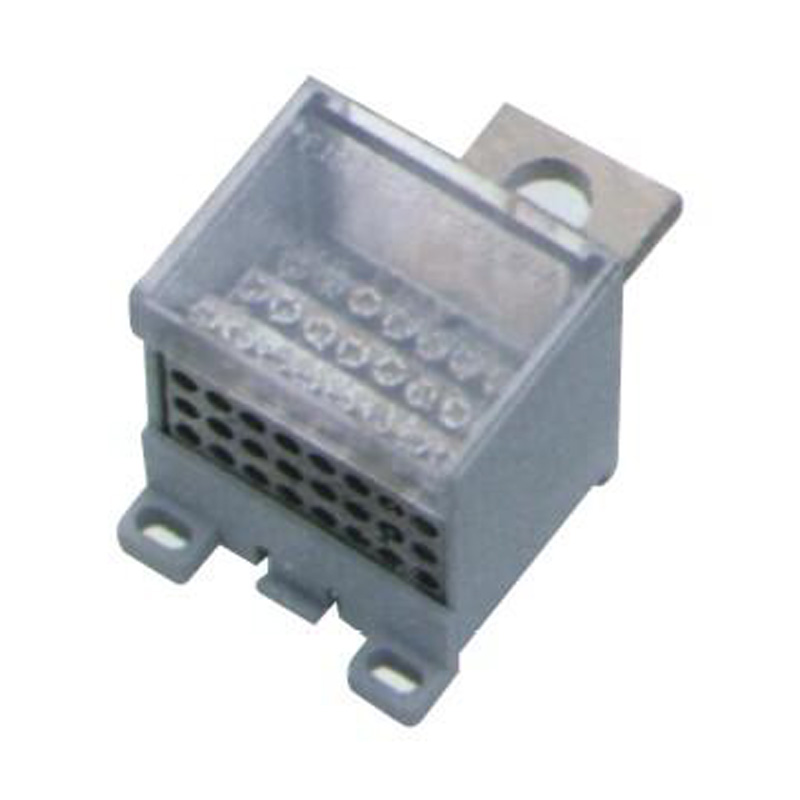In modern electrical control panels, a dual row terminal block combined with Din Rail Terminal Blocks provides an efficient soluti...
READ MOREWide Range Switch Terminal Block Manufacturer
Wide Range Switch Terminal Blocks are professionally used for creating versatile and reliable connections in electrical systems, specifically designed to accommodate a broad range of wire sizes and switching requirements. These terminal blocks are ideal for applications that require flexibility and adaptability in managing electrical circuits, making them suitable for use in control panels, distribution boards, and various electrical installations where diverse wire diameters and switching capabilities are needed.
These terminal blocks feature a flexible design that allows for secure connections across different wire sizes, ensuring stable electrical performance regardless of the conductor type or diameter. The integrated switch mechanism provides easy control over the electrical circuit, allowing users to manage the flow of electricity with precision. The robust construction of Wide Range Switch Terminal Blocks ensures durability and reliability, even under continuous electrical load and varying environmental conditions.
Wide Range Switch Terminal Blocks are currently a versatile and reliable solution for managing diverse electrical connections with integrated switching. They simplify the installation process by providing a single terminal block solution that can handle multiple wire sizes, enhance system reliability through their robust design, and ensure consistent electrical performance. Their adaptable design makes them suitable for a wide range of residential, commercial, and industrial applications where maintaining a stable and efficient connection is essential for safe and reliable operation.
FJ6G-400/25-70/3x16 Switch terminal block
FJ6G-400/25-70/3x16
One-inlet, three-outlet
Inlet wire:25-70mm²,outlet wire:1.5-16mm²
Order number:150904
FJ6G-400/25-70/4x 16 Switch terminal block
FJ6G-400/25-70/4x16
One-inlet,four-outlet
Inlet wire:25-70mm²,outlet wire:1.5-16mm²
Ordernumber:150905
FJ6G-400/25-70/6x16 Switch terminal block
FJ6G-400/25-70/6x16
One-inlet, six-outlet
Inlet wire:25-70mm²,outlet wire:1.5-16mm²
Order number:150906
FJ6G-400/25-70/8x16 Switch terminal block
FJ6G-400/25-70/8x16
One-inlet, eight-outlet
Inlet wire:25-70mm²,outlet wire:1.5-16mm²
Order number:150907
FJ6G-400/25-70/10x16 Switch terminal block
FJ6G-400/25-70/10x 16
One-inlet, ten-outlet
Inlet wire:25-70mm²,outlet wire:1.5-16mm²
Order number:150908
FJ6G-400/25-70/12x16 Switch terminal block
FJ6G-400/25-70/12x16
One-inlet, twelve-outlet
Inlet wire:25-70mm²,outlet wire:1.5-16mm²
Order number:150909
FJ6G-400/25-70/16x10 Switch terminal block
FJ6G-400/25-70/16x10
One-inlet, sixteen-outlet
Inlet wire:25-70mm²,outlet wire:1.5-10mm²
Order number:150910
FJ6G-400/25-70/18x10 Switch terminal block
FJ6G-400/25-70/18x10
One-inlet, eighteen-outlet
Inlet wire:25-70mm2,outlet wire:1.5-10mm2
Order number:150911
FJ6G-400/25-70/16x 16 Switch terminal block
FJ6G-400/25-70/16x16
One-inlet, sixteen-outlet
Inlet wire:25-70mm²,outlet wire:1.5-16mm²
Order number:150912
FJ6G-400/25-70/18x16 Switch terminal block
FJ6G-400/25-70/18x16
One-inlet, eighteen-outlet
Inlet wire:25-70mm²,outlet wire:1.5-16mm²
Order number:150913
FJ6G-400/25-70/24x6 Switch terminal block
FJ6G-400/25-70/24x6
One-inlet, tweenty-four-outlet
Inlet wire:25-70mm²,outlet wire:1.5-6mm²
Order number:150914
Search
Categories
-
Energy Measuring Terminal Block(314)
- Energy Measuring Joint Terminal Block(16)
- Polycarbonate Energy Measuring Terminal Block(24)
- Standard Wiring Energy Measuring Terminal Block(4)
- Transparent Shell Energy Measuring Terminal Block(6)
- Multifunctional Test Energy Measuring Terminal Block(10)
- Intelligent Safety Energy Measuring Terminal Block(6)
- Single-Phase Multi-Circuit Output Terminal Block(12)
- Self-Elevating Metering Box Terminal Block(7)
- One Household One-Meter Meter Box Dedicated Terminal Block(56)
- Three-Phase Metering Box Dedicated Terminal Block(24)
- Repeatable Grounding Line Terminal Block(20)
- Terminal Block for One-Inlet Multi-Outlet Metering Box(15)
- Closed Terminal Block(11)
- Heavy Current Terminal Block(48)
- Self-Boosting Terminal Block(5)
- Intelligent Self-Locking Terminal Block(3)
- Tool-Free Crimping Type Terminal Block(5)
- Wide Range of Wire Diameters Terminal Block(5)
- Combined Type Energy Measuring Terminal Block(37)
-
Switch Terminal Block(55)
- Pin-Type Incoming Line Switch Terminal Block(4)
- Multi-Way Connection Switch Terminal Block(4)
- Plug-pin Switch Terminal Block(7)
- Combined Type Switch Terminal Block(7)
- High Contact Cross Section Switch Terminal Block(7)
- Wide Range Switch Terminal Block(11)
- One Way in Switch Terminal Block(12)
- Equipped with Circuit Breaker Switch Terminal(3)
-
Heavy-current Terminal Block(631)
- Modular Building Block Terminal Block(156)
- Spherical Non-Destructive Crimp Terminal(120)
- Dual-Mode Connection Electrical Terminal(90)
- Anti-Electricity-Theft Terminal Block(74)
- Convenient Connection Terminal Block(12)
- High-Contact Section Terminal Block(12)
- Wide Range of Wire Diameters Neutral Line Terminal(9)
- Heavy-Current Neutral Line Terminal(9)
- Upper and Lower Rows of Neutral Terminal(2)
- Independent Neutral Line Terminal(7)
- Nose-Type Neutral Line Terminal(7)
- Rail Type Neutral Line Terminal(9)
- Fixed Neutral Line Terminal(12)
- Double Rail Assembly Electrical Terminal(19)
- Blue Jack-Up Terminal(6)
- Black Base Copper Bar Terminal(5)
- Compact Terminal Block(16)
- Precision Terminal Block(23)
- U-Shaped Harpoon Terminal(2)
- Grounding Metering Box Terminal Block(12)
- High-Performance Terminal Block(19)
- Multifunctional Terminal Block(10)
- Din Rail Terminal Block(76)
- Watt-hour Meter Connector(49)
-
Energy Meter Accessories(116)
-
-
As electrical systems become more advanced, the demand for more reliable, durable, and efficient components grows. Connectors Term...
READ MORE -
Ensuring that connector terminals are properly installed is critical for the long-term performance and reliability of any electric...
READ MORE -
Selecting the correct terminal is essential for the stability and efficiency of any electrical system. For professionals in the el...
READ MORE -
Electrical systems rely on high-quality components for safe, efficient, and reliable operation. One such crucial element is the co...
READ MORE -
Using the right junction box and circuit breaker block junction box can bring more than safety — it can significantly improve inst...
READ MORE
How to Properly Install a Wide-Range Switch Terminal Block
Installing a wide-range switch terminal block correctly ensures stable connections and efficient operation. The process can be broken down into clear steps:
Step 1: Prepare the Conductors and Terminal Block
Before installation, ensure that all conductors are properly stripped to the recommended length, removing insulation without damaging the wire strands. Inspect the wide-range switch terminal block to confirm it is clean and free from debris. Select the appropriate slot based on the conductor size and current requirements. Proper preparation reduces the risk of loose connections or electrical faults.
Step 2: Insert and Secure the Conductors
Insert each conductor into its designated slot in the terminal block. Depending on the block design, use the clamping mechanism, such as a screw or spring clamp, to secure the wire firmly. Ensure that the conductor is fully inserted, with no exposed wire outside the terminal. For multi-conductor setups, maintain organized alignment to prevent tangling or misconnection.
Step 3: Verify Connections and Operation
After securing the conductors, double-check that all wires are firmly clamped and that there is no play. Test the switch block using a multimeter or other diagnostic tool to confirm continuity and proper operation. Make sure that the wiring layout is neat and that the block is mounted securely within the panel. Proper verification ensures both safety and long-term reliability.
By following these steps, the wide-range switch terminal block provides stable, efficient, and safe electrical connections, reducing maintenance needs and supporting system performance.
What Are the Different Types of Power Terminal Blocks?
Power terminal blocks come in a variety of types, each designed for specific applications. Below are some of the common types, along with their features and advantages.
Type 1: Screw-Type Power Terminal Blocks
Features: Screw-type terminal blocks use a screw clamp to secure the conductor in place. They are compatible with a range of wire sizes and often include clear markings for easy identification.
Advantages: The main advantage of screw-type blocks is their strong and reliable connection, which minimizes the risk of loose wires. They are versatile and suitable for both low- and medium-current applications, making them widely used in industrial panels and control systems.
Type 2: Spring Clamp Terminal Blocks
Features: Spring clamp terminal blocks use an internal spring mechanism to hold conductors. They allow tool-free insertion and removal of wires and provide consistent clamping pressure.
Advantages: These blocks offer fast installation and removal, reducing labor time during setup or maintenance. The spring mechanism maintains stable contact even under vibration, making it ideal for automotive, industrial, and mobile applications.
Type 3: Feed-Through Terminal Blocks
Features: Feed-through blocks allow current to pass from one side to another, supporting a direct connection while keeping conductors isolated. They often include modular designs for panel flexibility.
Advantages: These blocks simplify wiring layouts, making maintenance and troubleshooting easier. Their design supports reliable and consistent power distribution while maintaining clear organization in control panels.
Type 4: Disconnect Terminal Blocks
Features: Disconnect terminal blocks allow circuits to be safely separated using a lever or switch mechanism. They provide a secure point for testing or maintenance without affecting adjacent connections.
Advantages: They enhance safety during system work, facilitate easy maintenance, and allow selective circuit isolation without interrupting the entire panel, which improves overall operational efficiency.
Understanding these types of power terminal blocks helps engineers and technicians choose the suitable solution for their electrical system, balancing ease of use, reliability, and safety.



 English
English Español
Español عربى
عربى